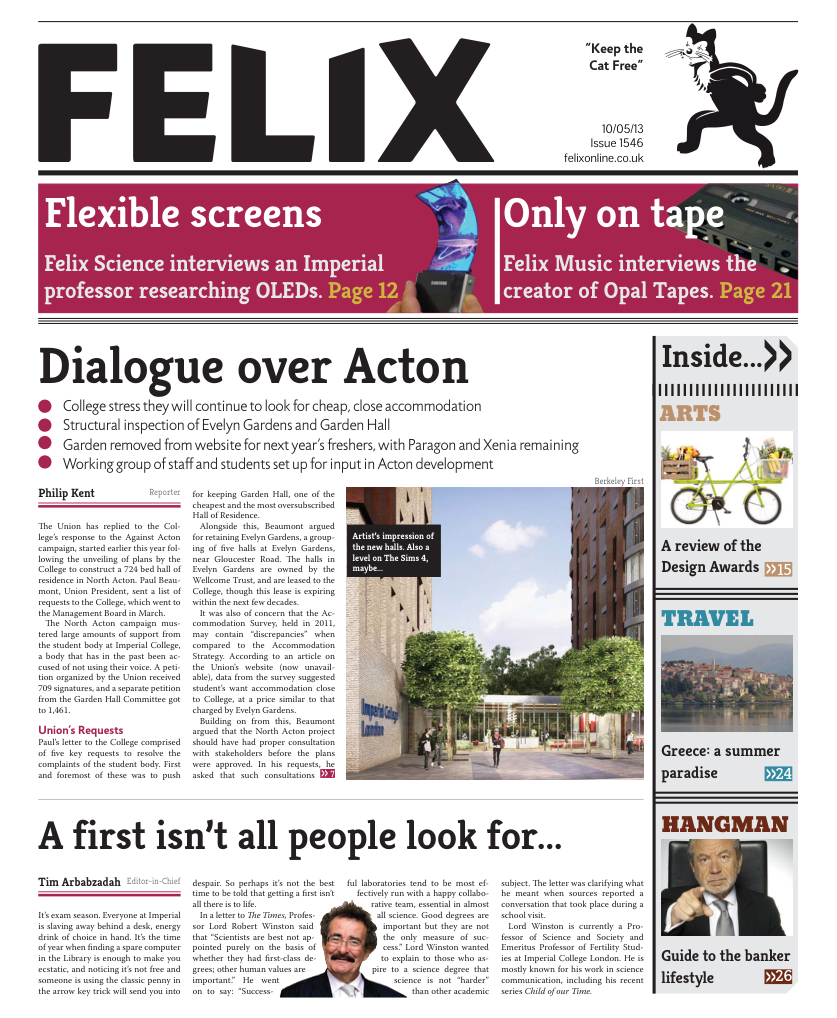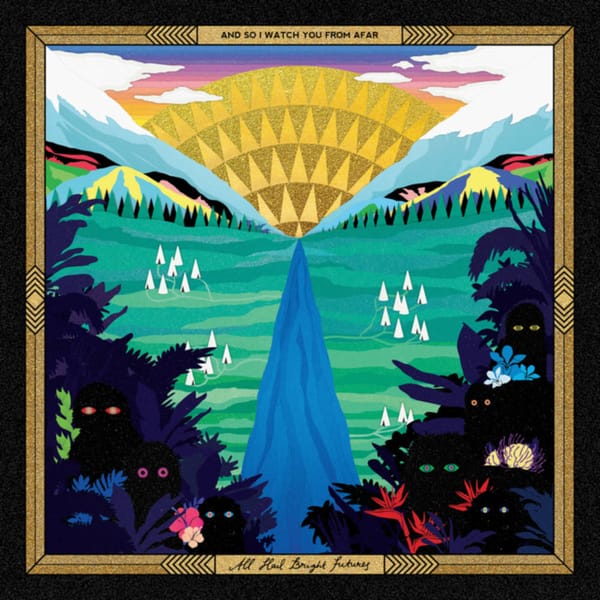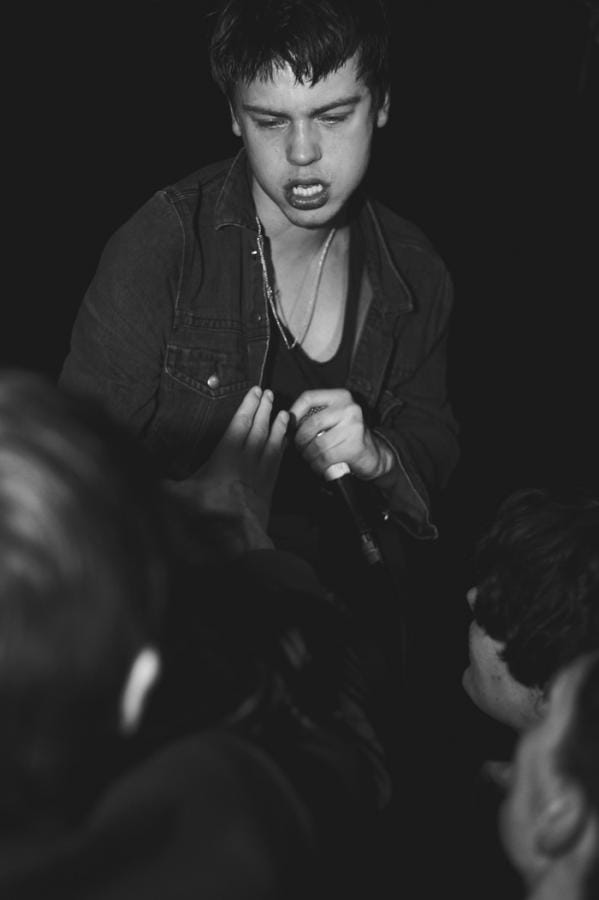Cassette Culture: Opal Tapes Interview
Ross Gray discusses the electronic cassette label with Stephen Bishop
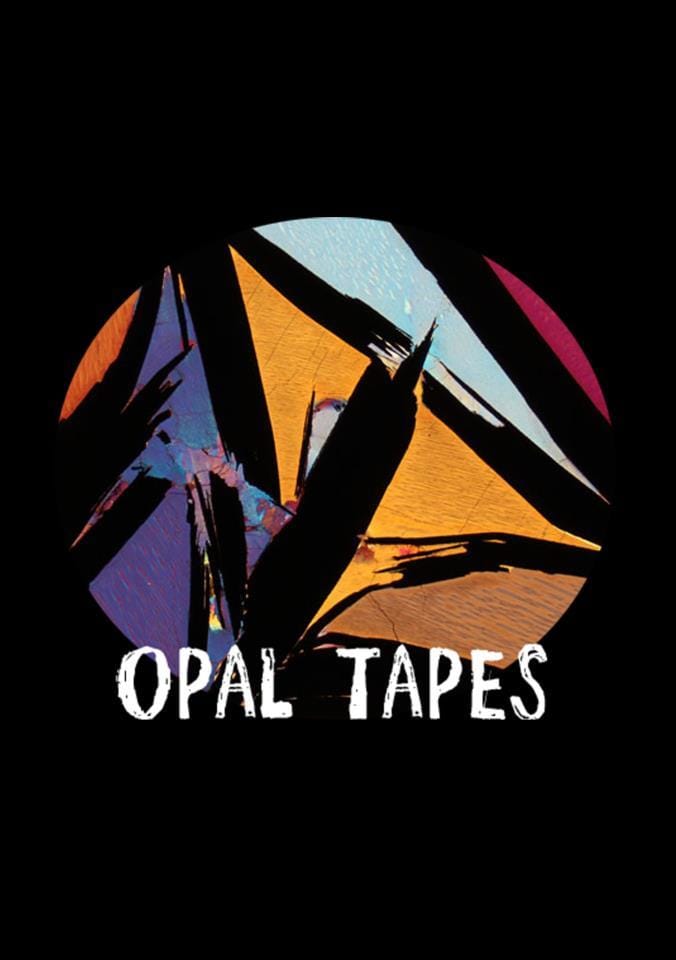
Within the past year experimental electronic music has exploded into the D.I.Y. cassette culture within the UK, previously dominated by (but by no means limited to) noise releases. Stephen Bishop, head honcho of prominent label Opal Tapes, spoke to me about its formation, the themes that run through its work and his opinions on noise in electronic music.
Ross Gray: How did Opal Tapes come about? There seems to have been quite a resurgence in cassette-based labels recently; did this inspire you?
Stephen Bishop: I started Opal Tapes last July after considering starting a label for a while. It came to be at a time when I really needed something to focus on and I just wanted to get busy and release some music and have a chat with some folks. I simply contacted some artists whose work I enjoyed and asked if they were interested in doing a tape release. Things have just rolled on since then, same principle, and thankfully people have been really receptive to it.
I buy a lot of music on tape and love labels like Phaserprone, Ekhein, Belaten, always dug how even with disparity in the styles of music they’d cover there was always a strong aesthetic core to all the releases, something which could be felt. Older noise labels like Banned Productions, G.R.O.S.S. and Broken Flag could have the same said for them. Quietly characterful in their own way. I’ve been around tapes in music for as long as I can remember really, whether as media or as source material for musicians. Opal Tapes is inspired by all of this of course but the use of tape is not some bijou statement. It’s a worthy format and one which has been used continually since its development all around the world. People seem to forget that when they approach this topic sometimes. At its origin Opal is inspired by sound alone.
RG: In the releases you’ve put out so far, Opal Tapes has demonstrated remarkable eclecticism, from danceable techno to almost all out noise, and yet as with the labels you mentioned, there’s something that seems to hold it all together. Do you think that’s the case?
SB: It’s interesting to hear people say that and I’d like to know what you think that it is? I’m in the middle of the sounds so see it differently. I think one unifying theme to the catalogue is an altered approach. Most of the releases can be heard with reference to house or techno styles but tend to bring about a final piece which is often unsuitable for the context that is ascribed to it. For example the Huerco S. bits which have all the composite parts of a classic Chicago house track but are recomposed into a different environment and time/head space. The groove is still present but the literal ecstasy is nascent, transparent. I feel his music is incredibly sad. I do lean toward listening to electronics which have a rougher edge to them, like to hear pieces with a loose and played quality. Perhaps these tendencies are recognisable? I don’t really know man [laughs].
So this idea of a reusing of genre templates and a density and claustrophobia brought to it by adopting lo-fi techniques. That’s a good line that can be drawn through Opal Tapes.
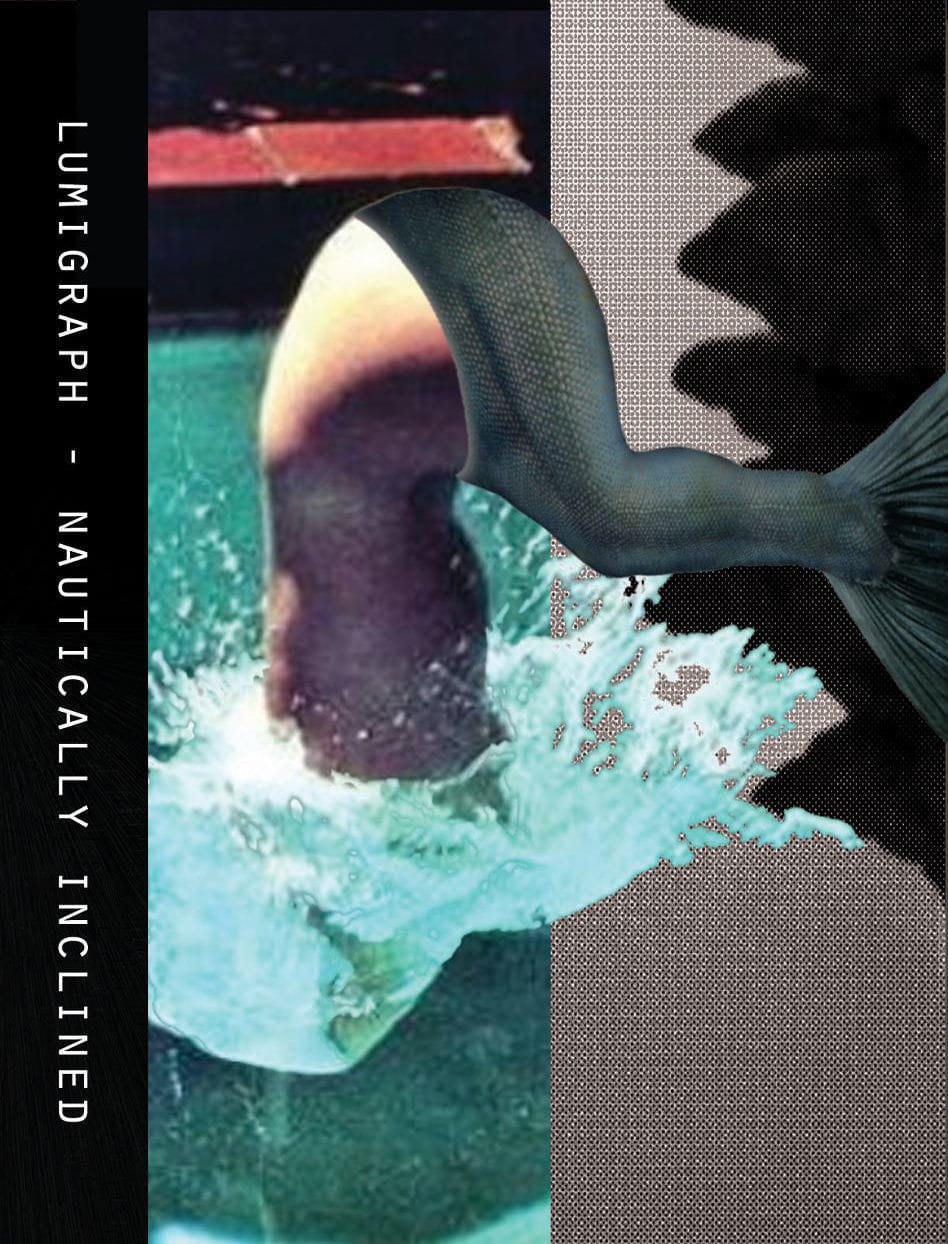
RG: I think for me it is a lot of things you mentioned; there seems to be this grittiness to all the recordings, and a running theme of experimentalism. I also feel like the more dancefloor based productions (if they could be called that) have a tendency to bring in noisy elements. It seems that there’s been more of a push in general towards these kind of noise / techno crossovers recently (e.g. Container) – do you think the use of noise is becoming more prevalent in electronic music?
SB: Noise and music is a strange thing. Noise is essentially a lack of information or an obscuring of it. Music is information. Whether the two are symbiotic with “noise-techno” etc I don’t know. To me it’s not noise, it’s texture. It’s musical information which is as valid as a chord. If it were possible to observe the flux of textural choice in electronic music then we may see a rhythm forming where it finds validity and then falls back out. Listen to Xenakis early work and the use of “noise” or more realistically non-traditional sound deployment is ever present. Same with much of the early electronic works of Europe and America. As such noise is not something new but something which becomes re-appropriated as music continues its cycle.
With an artist like Container, I don’t perceive his use of “noise” as statement or anything so bold. To me it’s just about urgency and latent energy. The potential of the machine poking through into the arrangement.
RG: On the subject of running themes through the Opal catalogue, could you tell us a little about the Mirror & Gate series? Seems like the place where the variety is demonstrated most markedly.
SB: Mirror & Gate is a series of releases which is put together by myself and Matthew Kent of Blowing Up The Workshop. We both share similar ears (though Matt’s work a little better than mine these days) and after months of emails it seemed a good extension for us to bring together artists we thought huddled under the same brolly. The idea is as simple as bringing two artists or groups together whose work shares similarities, be they timbral or compositional, and then sit them on a split together. The tape split was common property within noise/industrial/post-punk scenes and I see no reason why it can’t function in the same way for more formed musics.
RG: Any final comments?
SB: Thank you everyone, artists, customers, friends and family for helping me with the label. Without you all it is nothing but a chubby dude on Facebook squinting at 3 a.m.
http://opaltapes.bandcamp.com/
http://blowinguptheworkshop.com/
_Opal Tapes releases are regularly featured on IC Radio's own analog-only experimental electronic show Vomit Bowl: _http://www.icradio.com/shows/vomitbowl/

